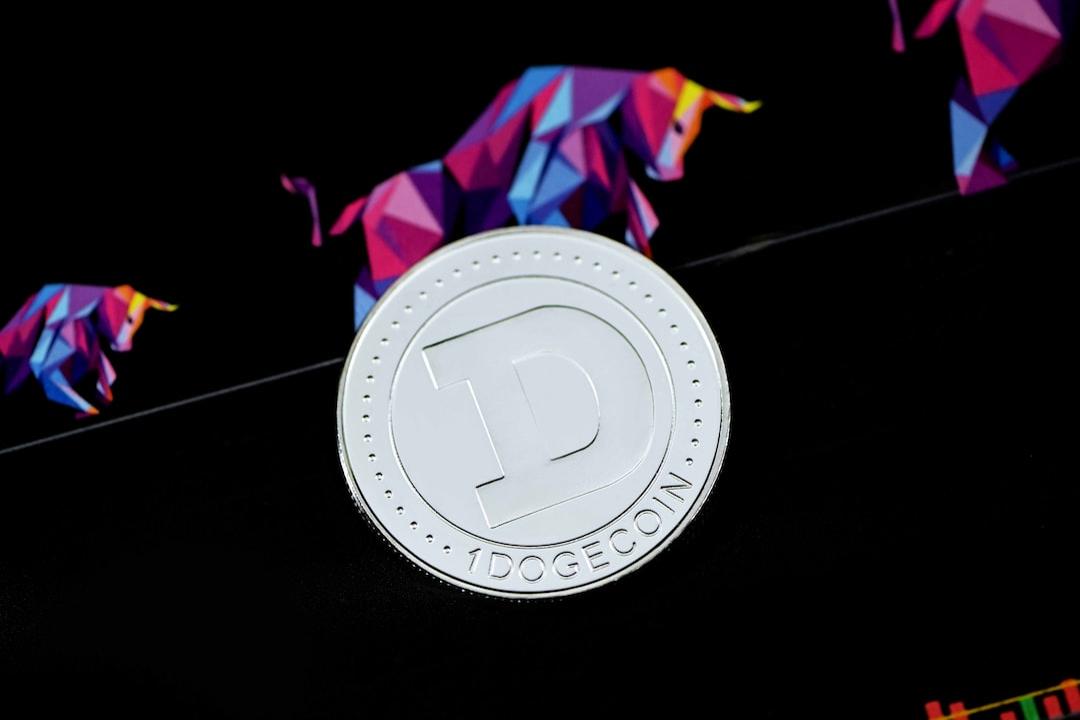Bitcoin (BTC) has long been known as a peer-to-peer digital cash and a store of value. However, there is now a significant shift happening in the Bitcoin ecosystem. Since the beginning of 2023, there has been a growing trend of using the Bitcoin blockchain to store information beyond its traditional use cases.
One of the key developments in this regard is the introduction of the Ordinals protocol by developer Casey Rodamor. This protocol allows users to permanently inscribe any file into the Bitcoin blockchain. As a result, nonfungible token (NFT) collections, music, video games, journalistic articles, and even WikiLeaks records are now being stored in an eternal and immutable manner on the Bitcoin network.
The Ordinals protocol has quickly evolved and become more efficient, enabling bolder use cases. One notable enhancement is the technique of recursive inscriptions, which allows users to surpass the storage limit per block and insert larger data on the Bitcoin blockchain. As an example, an entire article from Cointelegraph has been inscribed on the Bitcoin blockchain using recursive inscriptions.
This development has sparked a new perspective on Bitcoin as a vast decentralized database. It opens up a world of possibilities for using the blockchain as an immutable, shared, and uncensored data storage.
But the innovations don’t stop there. Lightning Labs has announced the first mainnet release of Taproot Assets (TARO), further enhancing the Bitcoin blockchain as a multiasset network. This comes at a perfect time, as the Ordinals protocol has already broadened the perspective of users and builders, allowing them to view Bitcoin as a network of multiple assets.
Taproot Assets have various applications, including the ability to issue stablecoins on the Bitcoin blockchain. This shift in paradigm transforms Bitcoin from primarily being an exchangeable asset to becoming the medium through which exchanges occur. It empowers builders to import successful use cases from other chains and bring them back to Bitcoin.
This new era of the multiasset orange network is attracting more developers and users to Bitcoin. It expands the possibilities and potential of the blockchain. And as Hal Finney, a prominent cypherpunk, once suggested in a 1993 post, Bitcoin’s potential can be compared to buying and selling cryptographic trading cards.
In conclusion, we are on the verge of a new Bitcoin era. The use of the blockchain for storing information and the emergence of multiasset capabilities are transforming Bitcoin’s role in the digital landscape. This opens up new opportunities for developers and users alike and expands the reach of Bitcoin as a valuable and versatile platform.


